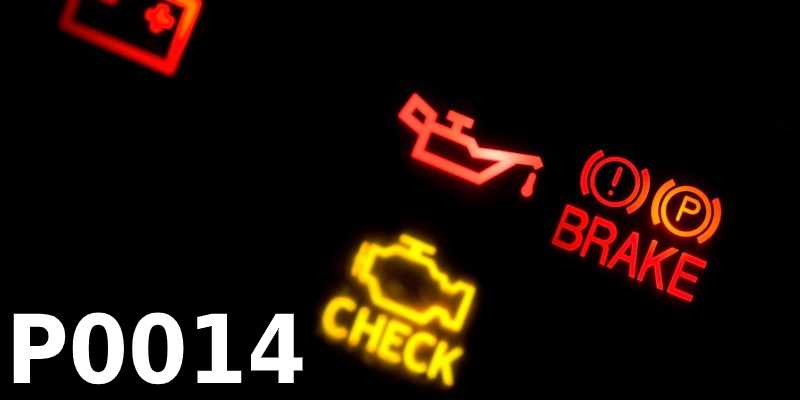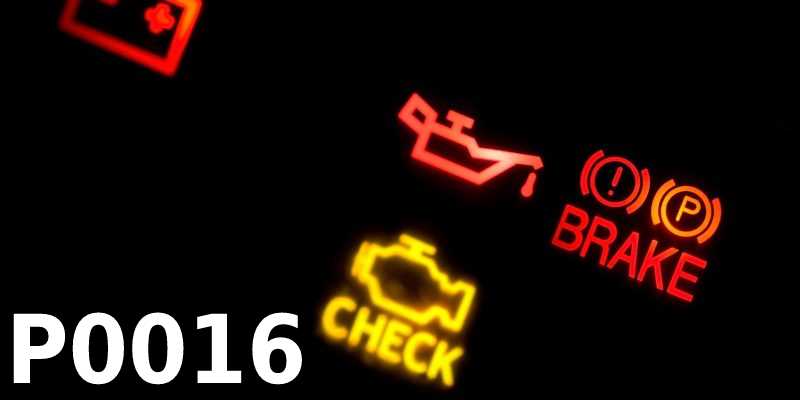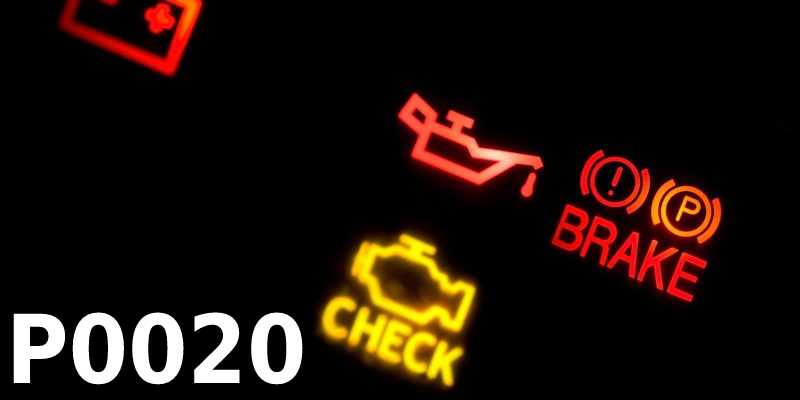Definition of the P0130 code
- The P0130 code is associated with seat 1, sensor 1, oxygen sensor. There can be up to five oxygen sensors in a vehicle.
- It can also be associated with other codes, such as P0131, P0132, P0133, P0134, P0135, P0171 or P0175.
What does P0130 mean
- P0130 is a generic OBD-II code that describes a problem with bank 1, oxygen sensor 1 (HO2S B1 S1).
- This indicates that the engine computer (ECM) is not detecting proper sensor activity. This will cause the ECM to trigger a light and change engine management strategies, which will affect fuel consumption.
What causes the P0130 code?
The HO2S sensor code can have several causes:
- Disconnected sensor plug
- Possible corrosion at sensor connector
- Damaged wiring from sensor to ECM
- Small volume fuel system to the engine (e.g. fuel pump or other component)
- Intake vacuum leaks
- Loose connections in the air or fuel system
- Mass air flow (MAF) sensor reading out of range
- Reading of the manifold absolute pressure (MAP) sensor out of range
- Evaporative emission leak (EVAP)
- HO2S sensor reading out of range
- Fuel pressure regulator leakage
- ECM is defective
What are the symptoms of the P0130 code?
The P0130 code will cause the Check Engine light on the instrument panel/ dashboard to come on and is likely to affect:
Engine operation while driving
- Possible stall
- You can make smoke of different colors, from black to white, come out of the exhaust.
- Fuel consumption will also decrease
How does a mechanic diagnose a P0130 code?
P0130 is correctly diagnosed with a scan tool that can read sensors (not just one from an auto parts store).
A qualified technician can read the data from the scan tool to determine when the problem occurred or if it still exists. They can erase the code/light and test the vehicle, monitoring the data to see if the problem returns.
Depending on the test conditions, more diagnostics are required. Diagnostics may require the use of multiple power tools, such as:
- Advanced scan tool for ECM reading.
- Digital meter with accessories.
- A smoke machine that introduces smoke into the intake system to detect leaks.
The most common errors when diagnosing the P0130 code
Simply replacing parts never guarantees success in solving the problem. This can be caused by several of the problems listed above and possibly more.
Visual inspection and testing with a scan tool and special equipment, also listed above, will verify the problem before potentially spending money and time to replace the sensor.
The waveforms (electrical signals) will need to be evaluated by a scan tool or oscilloscope to ensure that a part or repair needs to be done. Additional testing may be required.
How serious is the P0130 code?
The P0130 code is unlikely to cause the vehicle to stop running, but it can happen:
- Impact on fuel consumption
- Causes fuel instability, which can damage the engine
- Potentially damaged catalytic converters, which is an expensive repair
- Prevention of excess emissions
- A technician can diagnose the problem with the right tools to check for these potential problems.
What fixes can repair a P0130 code?
The most common potential repairs to repair the P0130 code are as follows:
- Connect a professional scan tool. Verify that the code exists.
- Check for other faults. Clear the code to see if it returns.
- Analyze ECM data.
- Vehicle road test.
- Check if P0130 reappears.
- Check all the above mentioned items. (Wiring, leaks, etc.).
- Diagnose the problem with the above mentioned equipment (scan tool, voltage meter). The sensor signals should be analyzed to determine where the problem is. If the signals are OK, then we need to go to the wiring or the computer.
- Replace the faulty component.
Additional notes on code P0130
Any sensor problem can occur continuously or intermittently. Some trouble codes may require more time to diagnose.
For this specific code, the solution can be simple or time consuming. Depending on the vehicle, it may take several hours to determine the cause.
I have experienced this code in the past. After using the scan tool and monitoring the voltage, I was able to determine if the oxygen sensor was the culprit. With the scan tool on, I normally spray the engine and vacuum lines with the brake cleaner while watching the RPM and oxygen sensor values for leaks. The RPM or sensor values will change during spraying if there is a leak in the sprayed area.
I found disconnected engine vacuum hoses, loose air intake hoses from the air filter, and faulty oxygen sensors. In one case, I found that the wiring had been routed incorrectly and had caused it to touch the exhaust manifold. The wires were burned and shorted to ground causing the fault.
In another case, I found that a rodent had pulled the wires. The P0130 code can have multiple root causes, requiring a qualified technician to find the cause.
The vacuum hose system needs to be inspected. An inspection with a scan tool is required. We can then determine where the fault is located. We can clear the error code/light first, and see if the Check Engine light comes back on initially, and go from there. It may have been a random event related to bad fuel, bad weather, or an ongoing problem.
High mileage vehicles (over 100k) may only need one sensor. I usually replace mine at 80,000 miles to avoid problems.





